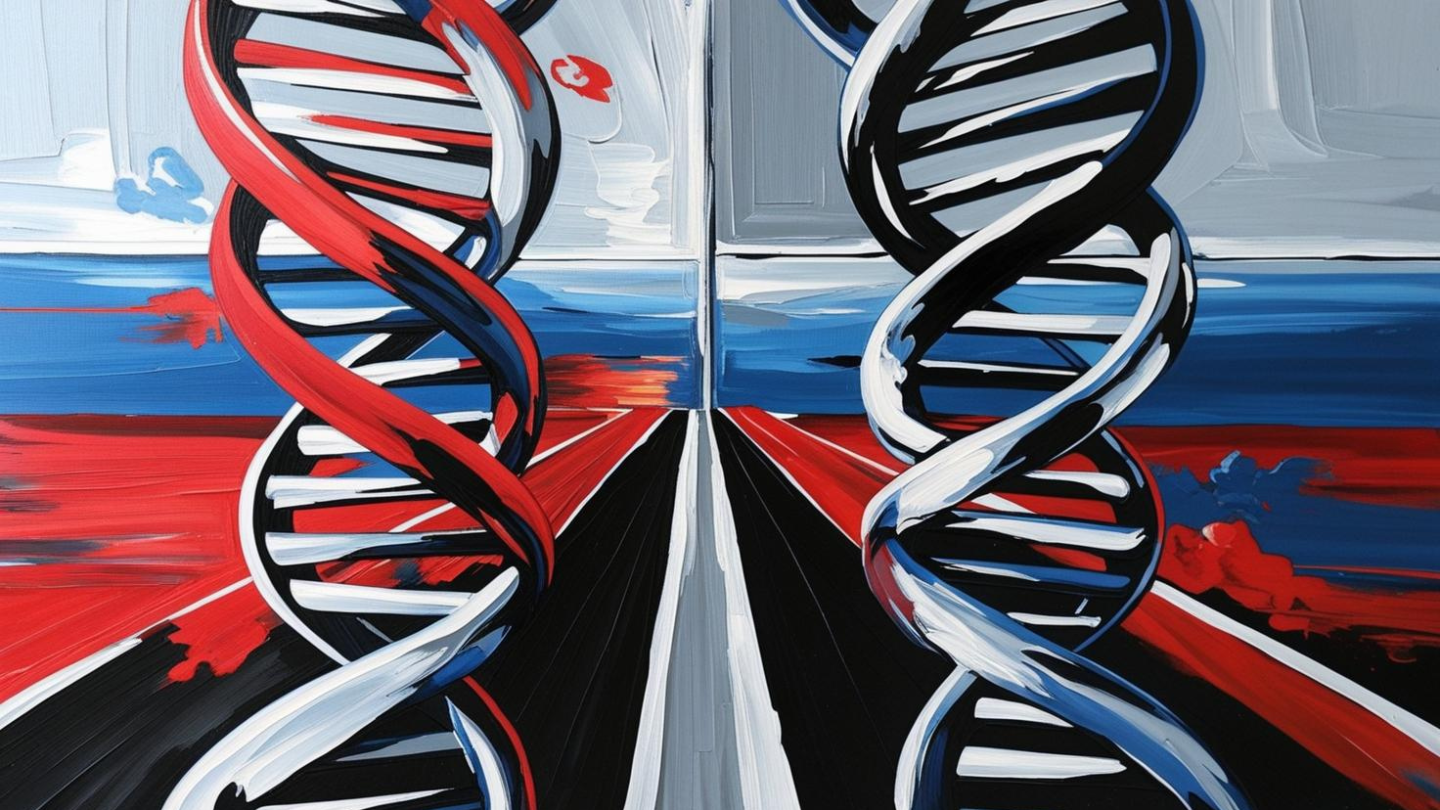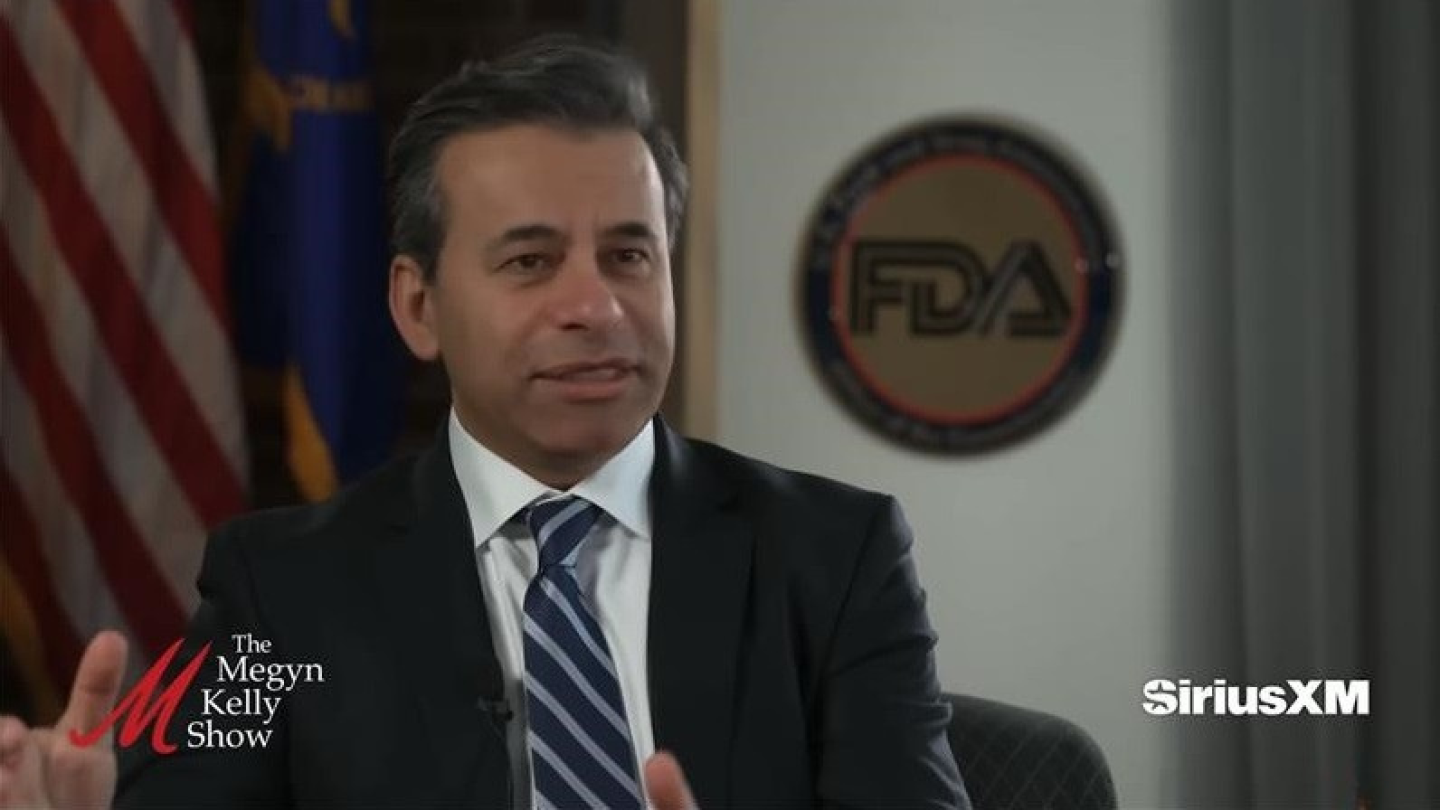ClinicaSpace
While the Trump administration has painted the jettisoning of staff and regulations as good for business, there are multiple reasons it’s unlikely to work out that way.
As the Trump administration slashes funding for HIV-related research and infrastructure, Gilead, Immunocore and more are targeting the next goalpost: a cure.
To more effectively treat neurodegenerative conditions, we first need diagnostic tools that lend a more complete picture of protein aggregates in the brain.
At the intersection of radiation and precision, Novartis, Bayer, AstraZeneca and more hope to cash in on a radiopharmaceuticals market that could top $16 billion by 2033.
Yes, according to leading vaccine physician Paul Offit, who denounced the new placebo-controlled trial requirements for vaccines and sought greater clarity: “I don’t know what they’re talking about.”
Beam Therapeutics and Verve Therapeutics have each built their lead candidates on a technique billed as a safer alternative to conventional CRISPR. Clinical results have so far been promising.
As the Trump administration—including HHS Secretary Robert F. Kennedy Jr.—plays fast and loose with scientific studies and facts, there may be a more sinister force at play: censorship.
In a recent interview, FDA Commissioner Marty Makary said there “should be nothing political about the FDA.” Recent actions taken by HHS Secretary Robert F. Kennedy, Jr. and others within the department appear to be at odds with this sentiment.
As tariffs, HHS workforce cuts and the ouster of CBER Director Peter Marks threaten the “lifeblood” of the cell and gene therapy space, experts express wariness over the unknowns and optimism that Marks’ legacy will carry on.
As Marty Makary nears the end of his first month on the job, the FDA Commissioner sat down for two interviews, offering statements that alternatively contradict and jibe with reported events.










